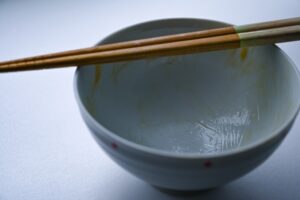JAPAN IN
ONE MINUTE 
~ A Guide to Using “Kawaii” in Japanese Culture ~
As we’ve talked about, “Kawaii” is a flexible word used in many situations in Japan.
But that doesn’t mean you can use it anywhere, anytime.
There are times when “Kawaii” might not be the best choice.
Oh, really? I always thought it was just a universal compliment.
Like, if something’s cute, you just say “Kawaii“, right?
Well, it works great among friends or in casual situations.
But in more formal settings like business, or when talking to older people,
it can sound a bit too casual or even disrespectful.
So I shouldn’t call my boss “Kawaii” if she wears a nice outfit?
You can say “Kawaii” in those situations, but it’s best to avoid sounding too casual.
While it can be a compliment, it might also come off as infantilizing or dismissive,
since kawaii sometimes carries a nuance of childlike innocence.
Oh, I get it.
So even if I mean it in a nice way, it might not always feel nice to the other person?
Right. Among young people, especially women,
it’s totally normal to say someone’s makeup or outfit is “Kawaii“.
But context really matters.
Okay, mental note: “Kawaii” for friends, but maybe cool for grown-ups? Got it!
That’s a good strategy. And when it comes to men,
“Kawaii” can sometimes sound awkward or even insulting especially if they don’t see themselves that way.
So in those cases, “cool” or “stylish” might be safer compliments.
That makes sense.
Cultural context really does change how we use even the nicest words.




